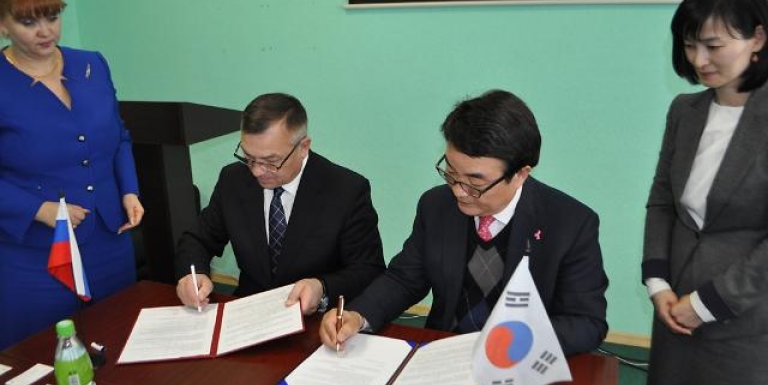The Jackson International program at Miami’s Jackson Health System draws patients to the U.S. with concierge services. Elective international patients want extra amenities in addition to high-quality care.

Jackson Health System
For the average person on the street, “medical tourism” still conjures images of the rich and fabulous getting nipped and tucked in Mexico or southeast Asia, recovering in a cabana by the pool with bottomless pitchers of mai tais.
Yet as many hospital executives know, the United States is a leading destination for medical tourists—the third-most popular healthcare destination worldwide in 2012, with 800,000 international patients flying in to seek care, according to Patients Beyond Borders , an informational publisher for medical tourists.
And in Florida, legislators are trying to boost that number even more. Recent proposals in the state’s House and Senate would pump $5 million into efforts to the local healthcare industry to draw potential patients worldwide . The measures have support from bipartisan lawmakers and several Florida health systems, which stand to benefit from a potential increase in patients coming from abroad.
One such organization is Jackson Health System, a Miami-based nonprofit academic medical system that already treats about 2,500 foreign patients a year, generating $78.3 million each year in gross charges from international payments. The six-hospital health system, which is affiliated with the University of Miami and Florida International University medical schools, has made an investment in catering to medical tourists, spending around $2.1 million a year to run the program.
“International patients seek treatment in the United States to access medical services with high success rates and good outcomes for surgeries and procedures that are not available in their country of origin,” says Sonia Valdez, marketing manager for the health system’s international department told HealthLeaders Media. “The elective international patient tends to look for value-added services or amenities when choosing a treatment facility.”
The health system’s Jackson International website describes such services and amenities in detail, including 24-hour concierge services, lavish patient amenities, and executive physicals.
“Jackson’s international program offers international patients unmatched medical expertise, exceptional service, and peace of mind,” Valdez says. “Our program was designed to provide patients with compassionate support and valuable guidance, as well as quick access to one of the top-rated hospitals in the United States.”
The most popular services promoted on by Jackson International are high-risk obstetrics, pediatric cardiovascular services, trauma, and neurology. A “concierge process” offers quick admissions; “streamlined coordination” of all care; and “hospitality coordinators” for each patient, available 24 hours a day, who arrange transportation for patients (via air ambulance) and accompanying family members and friends, lodging for family and friends, and other non-medical needs. Jackson uses online registration to pre-qualify patients and determine “financial eligibility,” including insurance coverage.
To drive potential medical tourists to their website and hospitals, Jackson reaches out to international patients in several ways.
“Jackson’s international program focuses on marketing strategies to reach out to international patient referral sources through academic exchanges with foreign physicians,” Valdez says. “[We also use] traditional brand awareness activities, such as industry conferences and tradeshows, which have both proven to be successful in fostering the Jackson Health System brand abroad.”
For other healthcare organizations in many parts of the country, it could be worth the extra investment to learn more about how to attract and cater to these patients, many of whom pay cash.
“Hospitals in geographic areas with high tourism will always have international patients seeking medical attention,” Valdez says. “Any hospital would benefit from expanding those services to patients seeking expert medical treatment on an elective basis.”
So will Florida become America’s Bangkok of medical tourism? The jury is still out, but one enthusiastic state lawmaker thinks the state has been for quite some time.
“Medical tourism has existed in Florida since Ponce de Leon set out in search of the Fountain of Youth,” says state Sen. Aaron Bean, who is co-sponsoring the Florida legislature’s bill, told the Miami Herald.
Move over, Mickey—Disney might not be Florida’s main draw for international tourists much longer.
source: http://www.healthleadersmedia.com / HealthLeaders Media / Home> Marketing> Marketing – Spotlight / by Marianne Aiello for HealthLeader Media / April 16th, 2014




